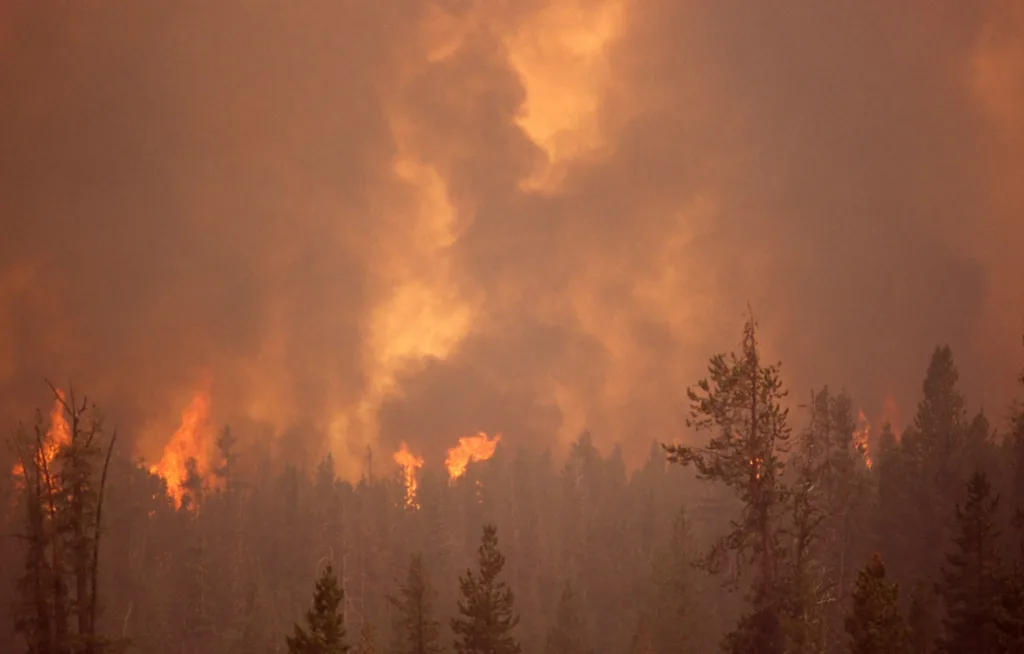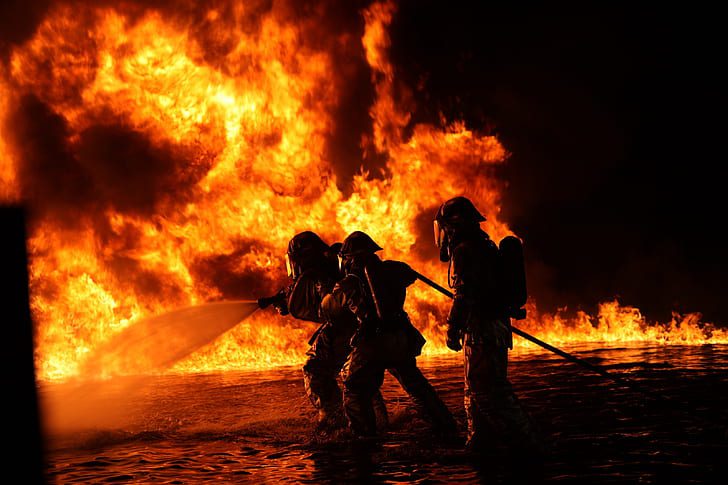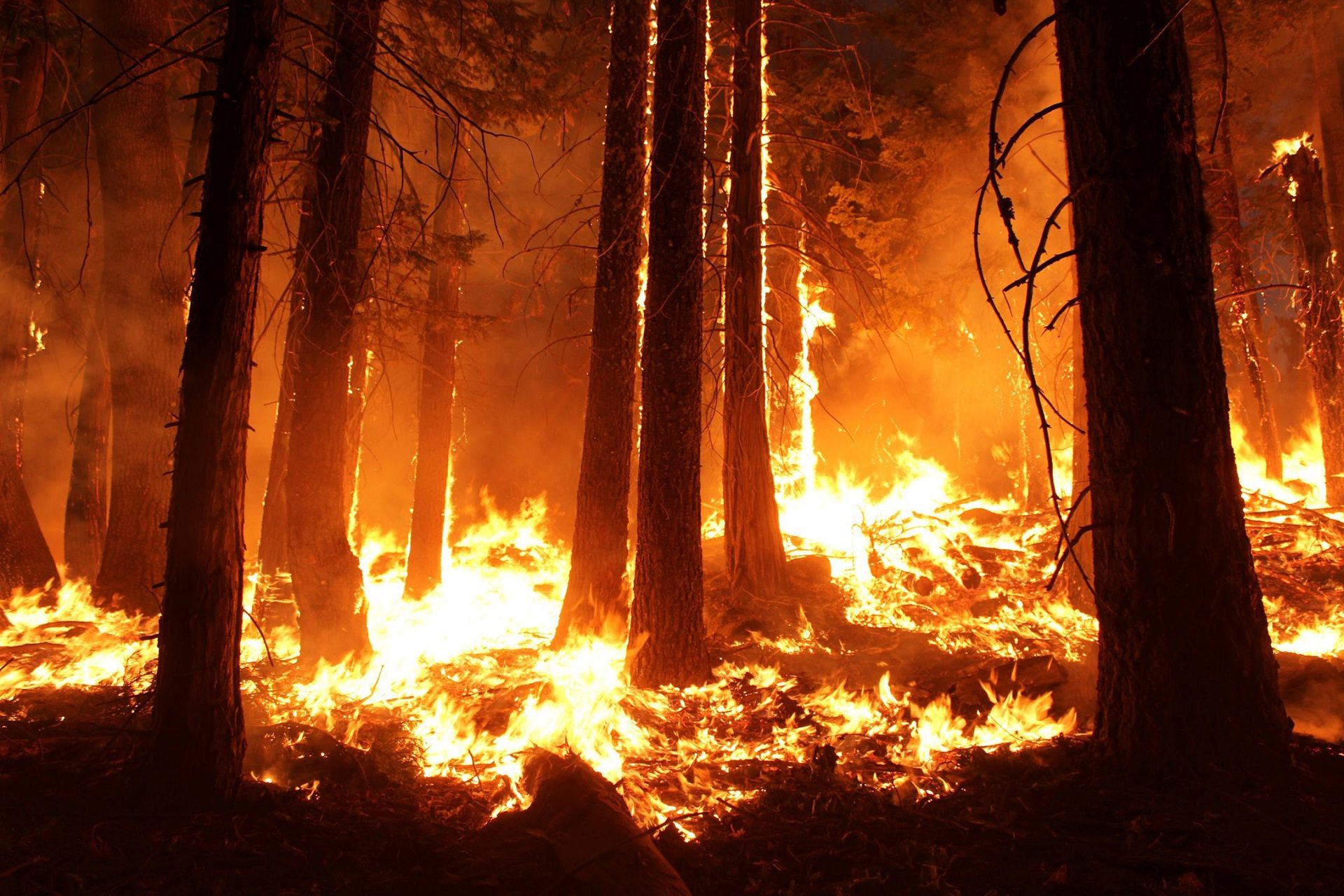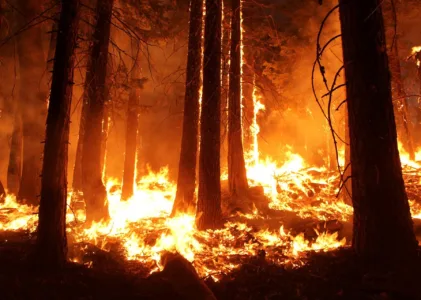How to Keep Your Family Safe Amidst Canada Wildfires: Picture waking up to a hazy skyline and a faint smell of smoke lingering in the air. That’s the reality for Chicagoans as they face the repercussions of dense smoke drifting from devastating wildfires. As forests in Quebec and Ontario, Canada continue to burn, the Great Lakes region, including Chicago, finds itself at the forefront of the battle against declining air quality. But fear not, we’re here to guide you through practical steps to ensure you can still breathe easy and tackle the effects of wildfire smoke head-on. So, let’s dive into this informative blog post and discover how you can protect your well-being amidst this environmental challenge.

Table of Contents
The Great Lakes Region under Siege
As wildfires continue to ravage forests in Quebec and Ontario, Canada, an onslaught of thick smoke has made its way to the Great Lakes region of the United States. In the past week alone, these provinces have witnessed over 3.7 million acres scorched by these devastating fires. Sadly, Chicago woke up to the alarming news of having the world’s worst air quality among major cities.
Code Red Conditions: Chicago, Minneapolis, and Detroit
Chicago isn’t the only city grappling with the consequences of this environmental disaster. Minneapolis and Detroit have also found themselves among the top 10 cities worldwide with the poorest air quality. All three cities are currently facing Code Red conditions, indicating severe levels of air pollution. Smaller cities like Grand Rapids, Michigan, have even reached the critical Code Purple level, signifying highly unhealthy air quality. Furthermore, air quality alerts are in effect for significant portions of Minnesota, Wisconsin, Michigan, northern Indiana, and Illinois.
Protecting Yourself from Wildfire Smoke
Wildfire smoke poses serious health risks as its tiny particulates can enter your bloodstream through inhalation. If you find yourself in an area affected by smoke, it is crucial to take precautionary measures. Limit your outdoor activities, especially exercise, and ensure you wear a high-quality mask specifically designed to filter fine particles. We provide expert tips on how you can protect yourself from the harmful effects of wildfire smoke.
Also Read : 9 things to do to stay safe during Hurricane
Understanding Air Quality Index (AQI)
The Air Quality Index (AQI) serves as a useful indicator to gauge the pollution levels in your area. It categorizes air quality based on different thresholds. Code Orange suggests unhealthy conditions for sensitive groups, while Code Red indicates unhealthy conditions for everyone. Code Purple signifies very unhealthy air quality, and the alarming Code Maroon represents hazardous conditions. Stay informed about the AQI in your locality to make informed decisions about your outdoor activities.
Unveiling the Culprit: PM2.5 Particles
The primary pollutant found in wildfire smoke is known as PM2.5. These particles are minuscule, measuring less than or equal to 2.5 microns in diameter. To put it into perspective, they are comparable to microscopic soot. Understanding the nature of these particles is vital in comprehending the risks they pose to your health.
Also Read: Wildfire Safety
With Chicago and other cities in the Great Lakes region grappling with the devastating impact of wildfire smoke, it is crucial to prioritize your health and well-being. Take the necessary precautions to combat the effects of this environmental crisis, such as limiting outdoor activities and wearing appropriate masks. Stay informed about air quality conditions in your area and protect yourself from the harmful PM2.5 particles. Together, we can overcome the challenges posed by wildfire smoke and safeguard our communities.

Keep Your Family Safe Amidst Canada Wildfires Season
Amidst Canada wildfire season, it is crucial to prioritize the safety and well-being of your family. Wildfires can pose significant risks to homes and communities, making preparedness essential. In this comprehensive guide, we will provide you with essential tips and precautions to keep your family safe during Canada’s wildfire season. From staying informed and creating an effective evacuation plan to preparing your home, protecting your pets, and safeguarding your health from wildfire smoke, we’ve got you covered.
Also Read : Wildfire preparedness tips
Stay Informed: The Key to Safety
Staying informed about the latest developments regarding wildfires in your area is vital for the safety of your family. Here are some tips to help you stay informed:
- Stay updated on local news and weather reports, which often provide information about wildfire activity and any evacuation notices.
- Sign up for emergency alerts and notifications from local authorities. These alerts can provide critical information and guidance during wildfire emergencies.
- Follow social media accounts of local fire departments, emergency management agencies, and official wildfire information sources for real-time updates and safety instructions.
Create an Evacuation Plan: Be Prepared
Having a well-thought-out evacuation plan can make all the difference during a wildfire emergency. Consider the following:
- Identify evacuation routes from your area and determine alternative routes in case of road closures.
- Establish a designated meeting place outside your neighborhood where your family can reunite in the event of an evacuation.
- Pack essential items such as important documents, medications, emergency supplies, and a first aid kit to take with you during an evacuation.
Prepare Your Home: Minimize Fire Risks
Taking proactive measures to prepare your home can significantly reduce the risk of damage during a wildfire. Follow these guidelines:
- Clear away flammable materials from around your property, such as dry leaves, branches, and debris.
- Create a defensible space by maintaining a safe distance between trees, shrubs, and your home. Trim vegetation and ensure it is well-watered.
- Install and regularly test smoke detectors throughout your home. Have fire extinguishers readily available, and ensure all family members know how to use them.
Protect Your Pets: Ensuring Their Safety
Pets are an integral part of our families and should not be overlooked during wildfire emergencies. Consider the following tips:
- Include your pets in your evacuation plan. Prepare an emergency kit for each pet, including food, water, medication, and comfort items.
- Research pet-friendly accommodations and identify safe places where your pets can stay if you need to evacuate.
- Ensure your pets are properly identified with collars, tags, and microchips in case they become separated from you during an evacuation.

Safeguard Your Health from Wildfire Impacts
Wildfire smoke can have detrimental effects on your health. Protect yourself and your family with these measures:
- Stay indoors and keep windows and doors closed to minimize exposure to smoke. Use air purifiers or filters if available.
- When outdoor exposure is unavoidable, wear N95 or higher-rated masks to protect your lungs from harmful particles in the air.
- Stay hydrated by drinking plenty of water to help counteract the drying effects of smoke on your respiratory system.
Keeping your family safe during Canada’s wildfire season requires proactive planning and preparedness. Stay informed, create an effective evacuation plan, prepare your home, protect your pets, and safeguard your health from wildfire smoke. By following these guidelines, you can help ensure the safety and well-being of your loved ones during this challenging time. Remember to share this information with others, as collective awareness and preparedness are essential in keeping our communities safe during


